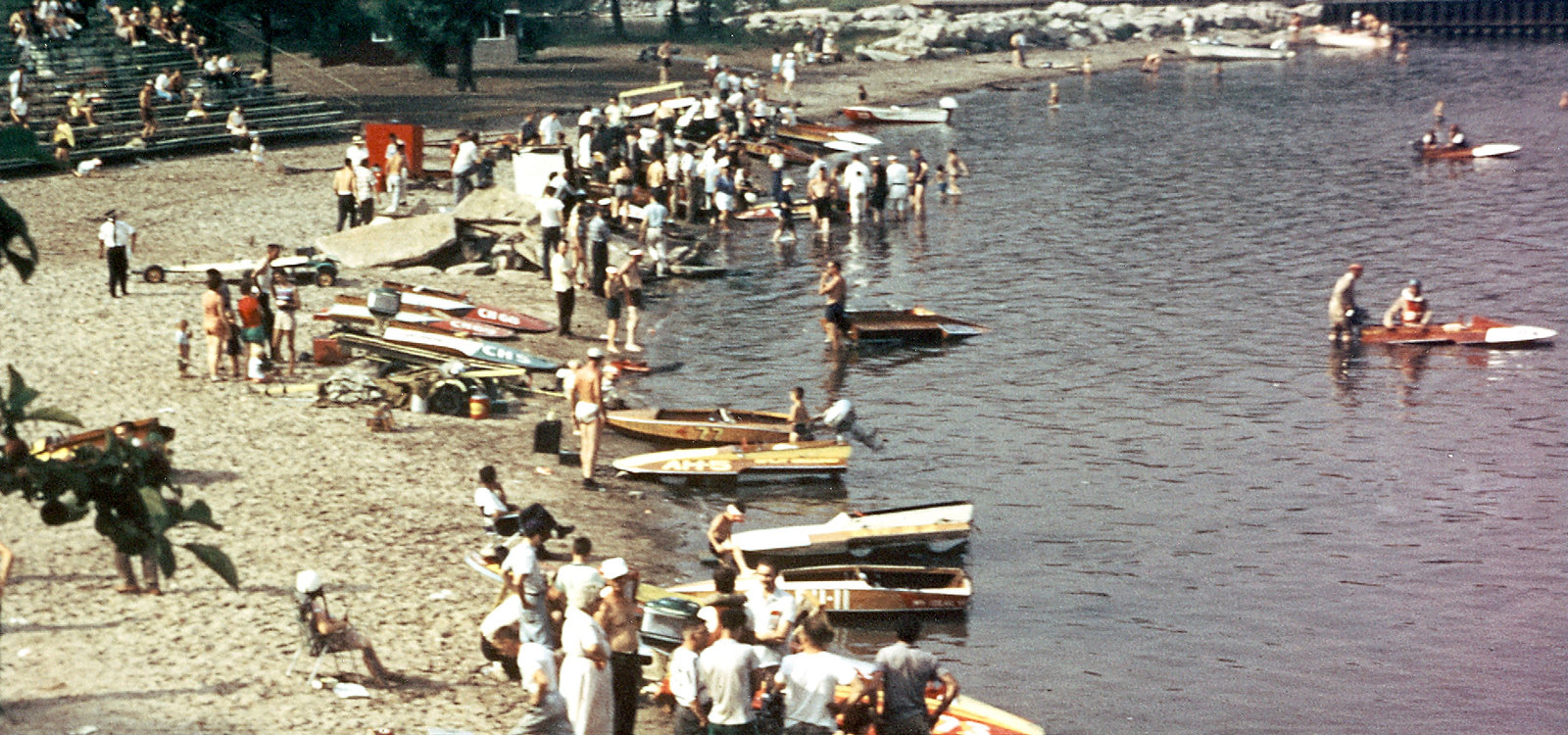
Built on the traditional lands of the Mississaugas of the Credit First Nation, Bronte Harbour was completed 22 years after the fishing village of Bronte was founded in 1834 where the Twelve Mile Creek met the vast waters of Lake Ontario.
For thousands of years, the waterway was used by the original inhabitants as a means of transportation, source of agriculture, hunting and fishing for sustenance and commerce. After European settlement, Bronte became a busy Lake Ontario port, exporting wheat, building ships, and developing a thriving commercial fishery and stonehooking industry.
As industry in Bronte Harbour flourished, so did recreation and residential. The village enjoyed recreational boat racing, including the fisherman’s regatta that took place every summer. By the 1950’s Bronte Harbour became known as a summer resort location for vacationing families from Toronto and the surrounding areas.
Today, Bronte continues to be both a residential community, commercial district and recreational destination centred around the waterfront and parklands with access by all modes of transportation.
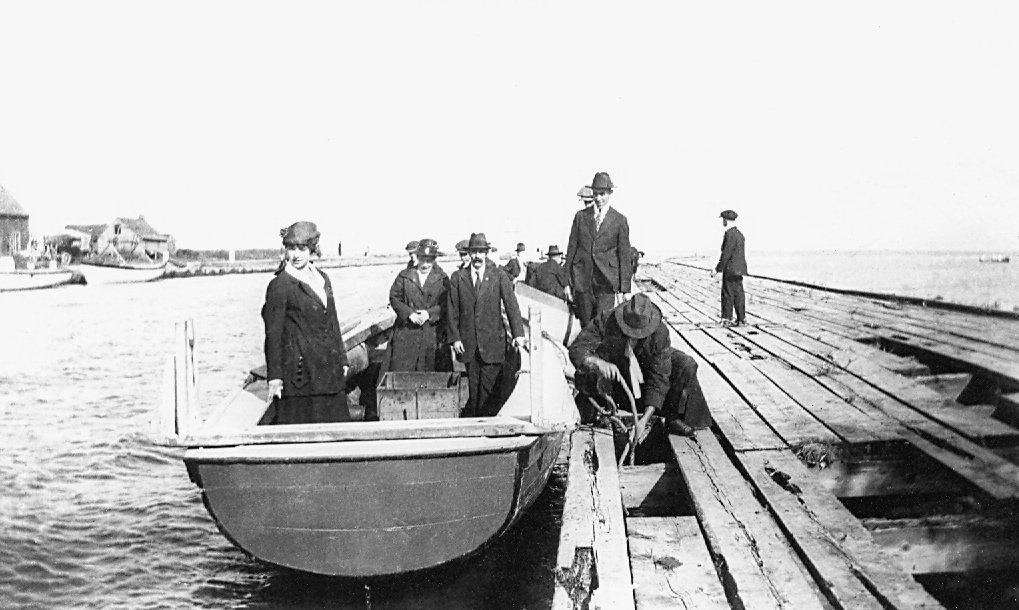
In the 1800’s, funds were raised with public support to build piers, wharves and warehouses. The government granted a plan to incorporate a company to build a beautiful harbour and after a 10-year struggle to obtain support, the Bronte Harbour Company was founded by 1846.Ten years later, construction of Bronte’s new harbour with two piers and a lighthouse was complete. In 1948, the Department of Public Works built concrete and steel piers and the lighthouse burned down and was replaced by an angle iron structure with flashing red light and fog horn. Bronte’s waterfront was transformed from a shallow marshland, inaccessible from the water, to a harbour with sufficient depth to sustain itself as a thriving port.
The Fishermen’s Memorial is a granite monument dedicated to the fishermen who battled wind and waves on an unforgiving lake to earn a living for their families, just as the original peoples of the land did. Bronte Village was a commercial fishing port from the mid 1800’s to the 1940’s. In the early days, fishing was done by open sailboat, as the gasoline engine wasn’t introduced until 1907. Back then, Bronte had one of the largest fishing fleets on Lake Ontario with 22 commercial boats operating out of the harbour during peak years. Fishing was a major source of employment for the men of Bronte and by the early 1900’s, over half of the adult male population would be out on the water every day, year-round. Boats have not only sailed out of Bronte Harbour for almost two centuries, but many have been designed, built, repaired or modified in or near this little harbour. Bronte is considered the best harbour for sport fishing on Lake Ontario, yielding the best salmon catches during the annual Great Ontario Salmon Fishing Derby. It also remains a place of historical significance to First Nations communities.
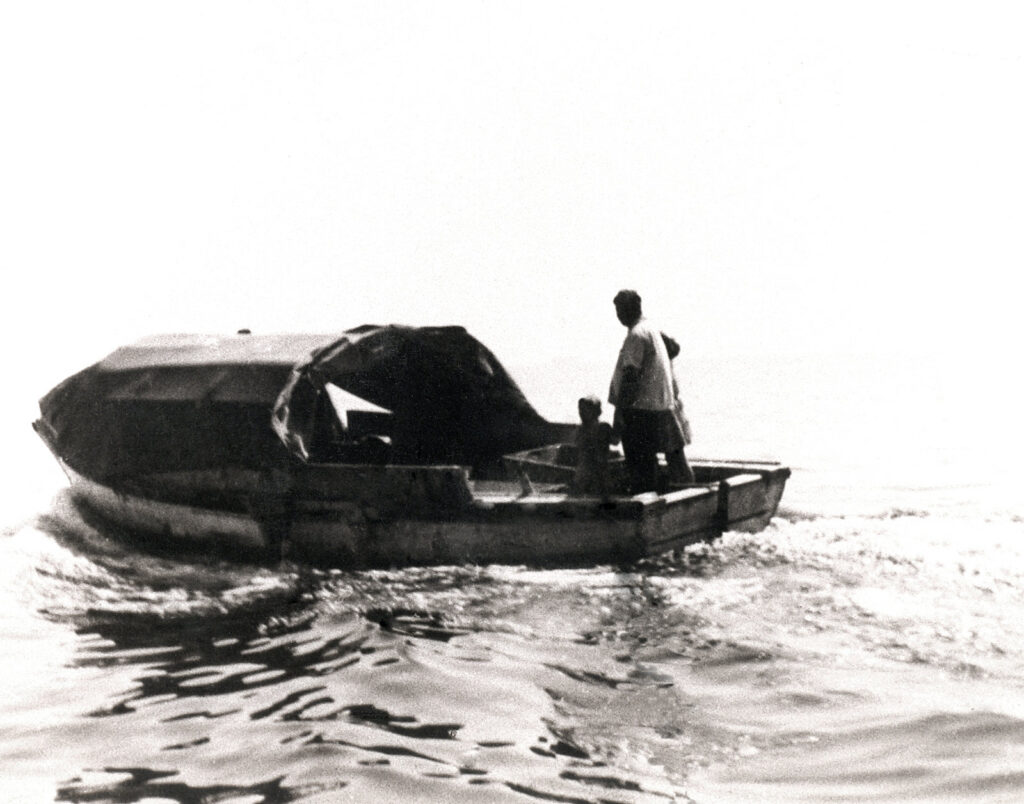
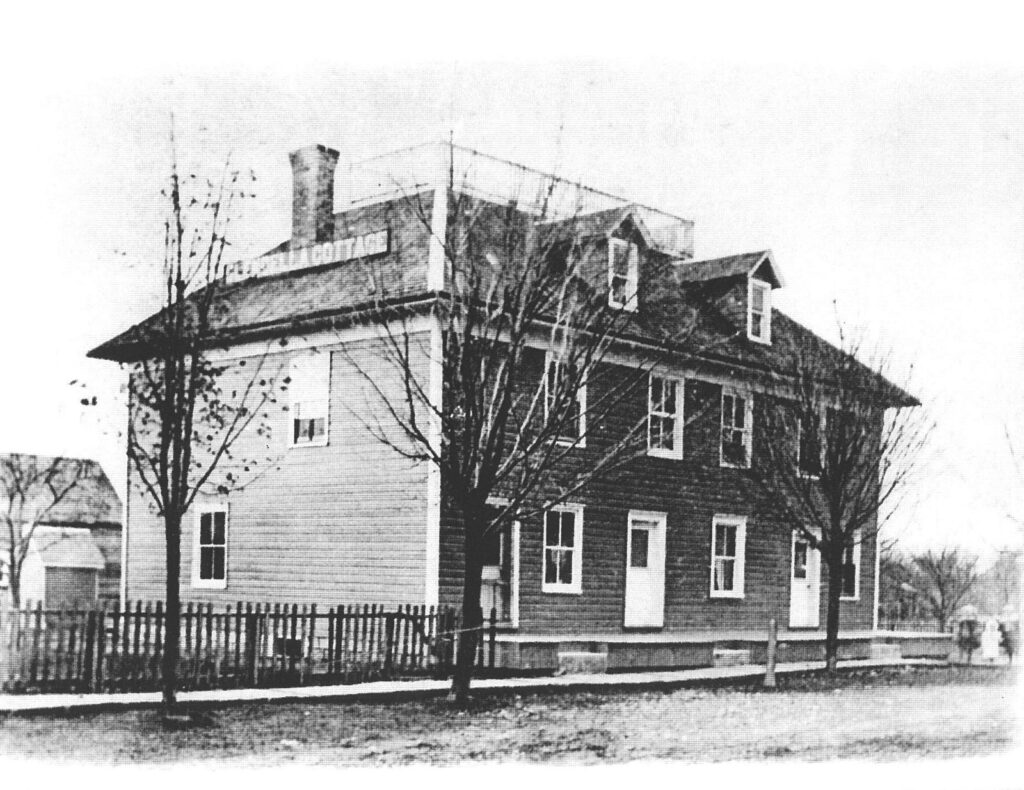
Constructed in 1845, the Glendella Cottage was known for many years as the Thompson Hotel and served as a stagecoach stop. Later it served as a tavern, grocery store and candy shop. Located at 2405 Ontario Street, the Glendella Cottage was also the home of Bill and Donna Hill, for whom the Boardwalk on Bronte Road is named. Bronte’s first Post Office building was constructed by John Belyea in 1870 and originally stood on the west side of Bronte Road, north of Marine Drive and then moved to 45 Bronte Road where it was used as an art gallery. Both were relocated again in 2007 to where they stand today at 2411 Ontario Street as residencial/commercial buildings.
Despite Bronte’s prominent fishing history, one of its earliest industries was stonehooking. Stonehooking is the process of gathering stone slabs from shallow water for construction. By 1870, Bronte was one of four settlements along Lake Ontario’s northwest shore involved in the stonehooking trade. The tool for prying up the slabs evolved into a long-handled four-pronged rake, said to have been customized by Bronte blacksmith Sam Adams. The shale was either unloaded at homeport or taken by schooner to Toronto or other settlements. Dundas shale was used in the construction of many Bronte buildings in the early 1800’s through the 1900’s. For example, The Marine Tavern at 49 Bronte Rd. was built of lake stone and Dundas shale.


The saw mill and grist mill were once a large part of Bronte’s industrial history. The saw mill was built in 1850 and provided wood for boats to be built in the harbour helping drive Bronte’s shipbuilding industry. In 1858, Jones William Cummer Co. built one of the first and largest steam powered grist mills in Upper Canada. The grist mill turned grain into flour so it could be used to make bread and other baked goods. Today, the Stoneboat Quay Condominium stands where the mills once stood.
The Veterans Highway is an honorary dedication of Regional Road 25, also known as Bronte Road, to Halton’s veterans. It runs from right here in Bronte Village all the way to Shelburne, Ontario. The signs posted along this route serve as a permanent tribute to our veterans for the sacrifices and hardships endured to award us the freedoms and opportunities we enjoy today.
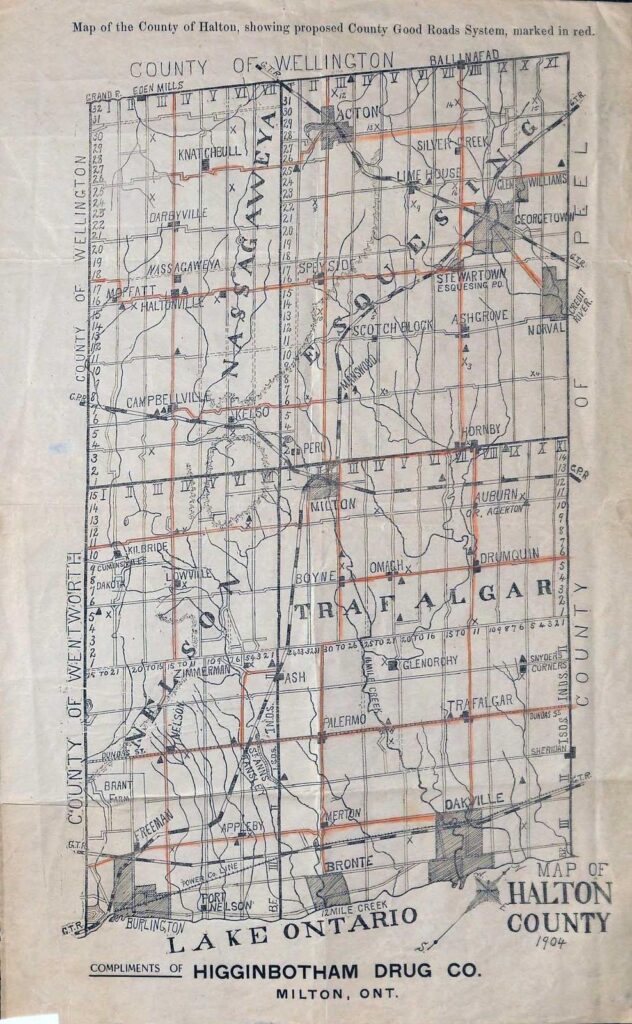

From First Nations who built their canoes, to wooden schooners, steel tugs and fiberglass pleasure boats, boat building and repairs were important industries in Bronte. With an abundance of lumber and sawmills along the mouth of Twelve Mile Creek, Bronte became home to major shipbuilding activities. One of the largest schooners built in Bronte (1853) was the 172-ton “Peerless,” built by John and Melancthon Simpson. The Northern Shipbuilding and Repair Co. Ltd. plant was built in 1945. The Town of Oakville purchased the building and renamed it Oakville Harbour Marina and it still houses boats of residents and visitors docking at the Bronte Harbour.
Bronte Harbour played an important role in Oakville’s Black History, as the entry-point for many American slaves travelling the Underground Railroad in search of freedom. Some settled in Bronte and built cabins on both sides of Twelve Mile Creek. The Duncan MacDonald – Harry Hartlands House is thought to be a rudimentary residence for emigrants in the pre-Civil War years. In 1990, the Town of Oakville bought the property and leased it to Halton Regional Police for the village constable’s office. The building is now located next to Glendella Cottage on Ontario St. and serves as a residence/office.
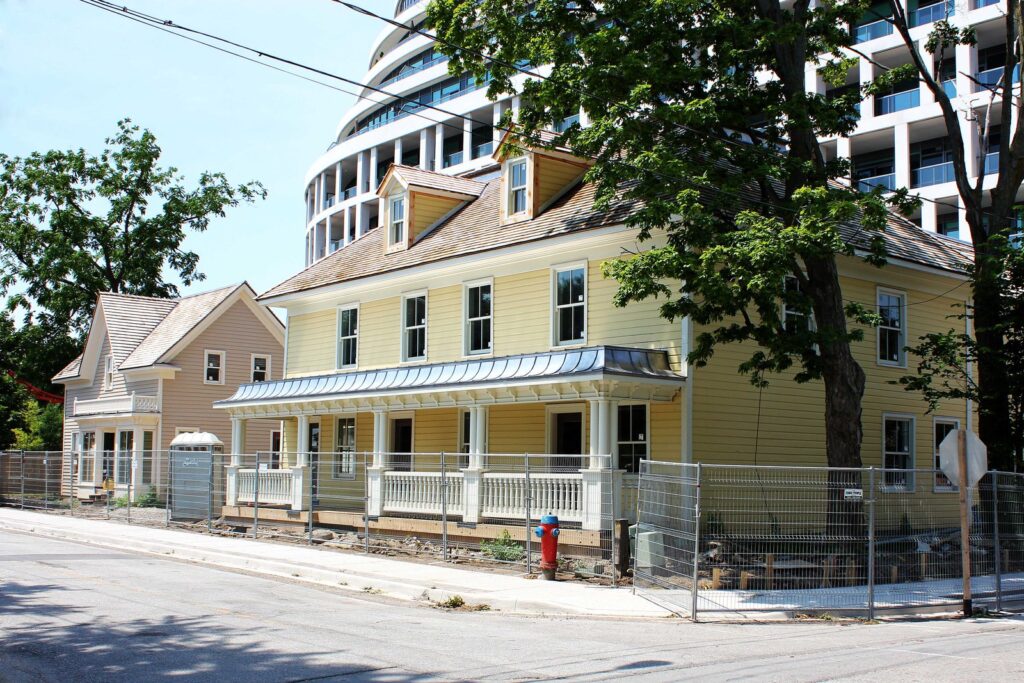
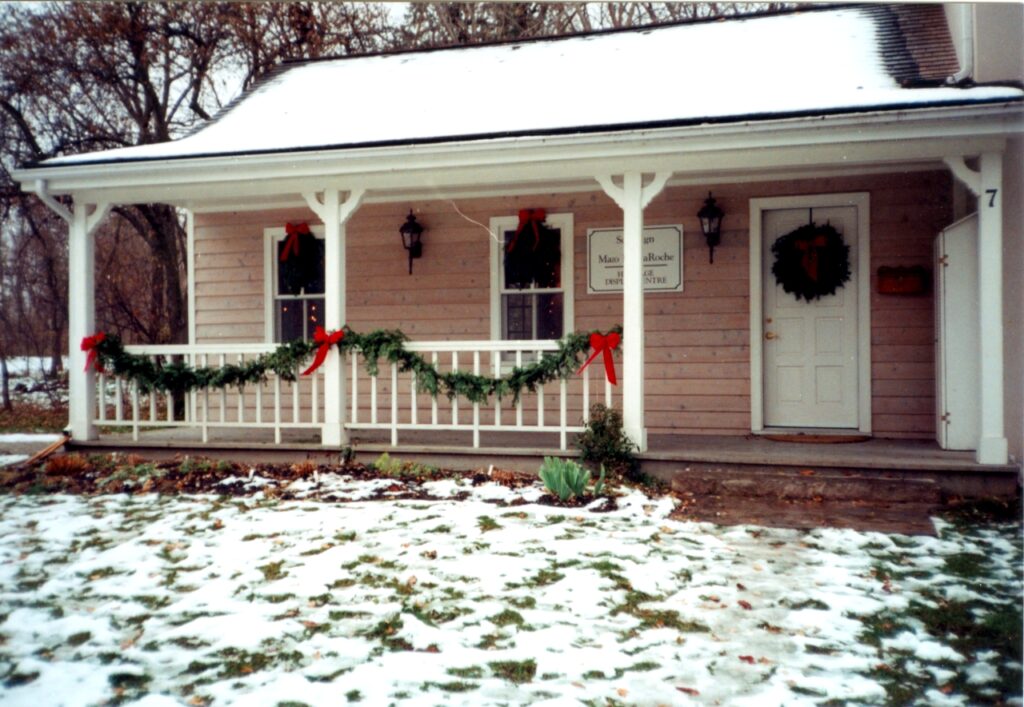
The Sovereign farm was once located west of the last remaining tract of land of the Mississaugas of the Credit First Nation. This Ontario farm house was built by Charles Sovereign as his family’s home between 1825 and 1846. It was also home to author Mazo de la Roche of Whiteoaks of Jalna fame. In 1988, The Bronte Historical Society and Town of Oakville saved the house from demolition and moved it to the Bronte Bluffs parkland, where it stands today. The house, owned by the Town, is operated by the Bronte Historical Society and operates as a museum dedicated to showcasing Bronte’s history. Visitors can enjoy a self-guided tour of the restored rooms with artifacts, photographs, archival documents and memorabilia. Events such as Art on the Bluffs are held throughout the year featuring local artists and historians.
During the 1900’s Bronte Beach extended much further and included two rows of cottages, a pavilion and a picnic area. The pavilion was the site of dances and social events while a jukebox played the tunes of the big band era. Local businessman Mr. Collins leased a large area of the beach from the Federal Government and created a summer resort, including a merry-go-round and play equipment. The beach park became a summer home for vacationers from Toronto and the surrounding areas. Storms and high-water levels resulted in loss of beach sand and much property damage. By the 1950’s, the resort shut down. Today Bronte Beach on the west side of the Harbour features a quiet playground and a desirable sanctuary for birders and photographers. It’s also a leisure spot for picnics, and a great destination for canoe, kayak and paddle boarding enthusiasts.
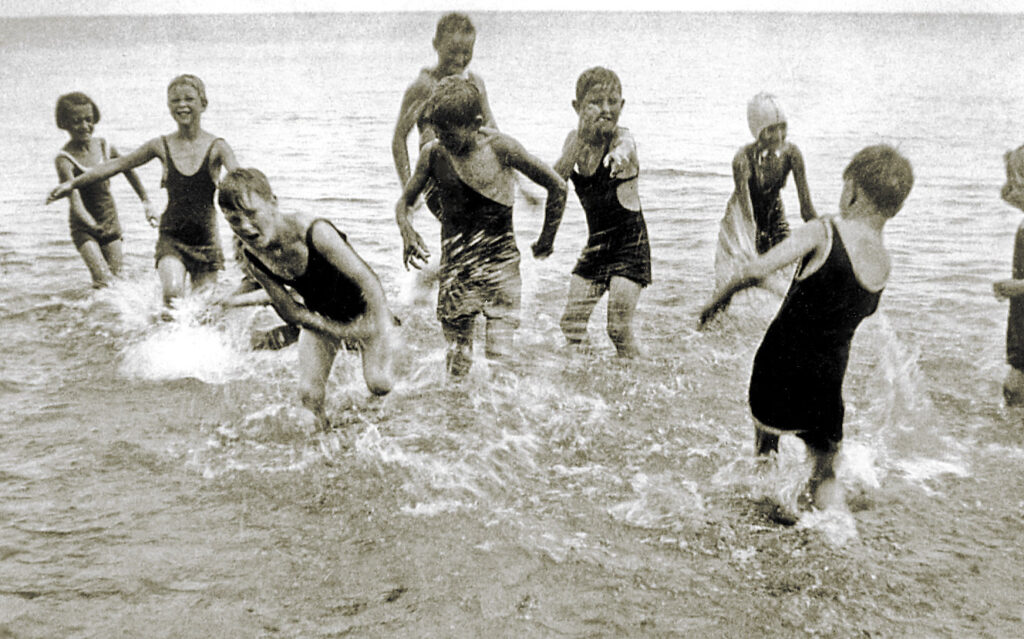
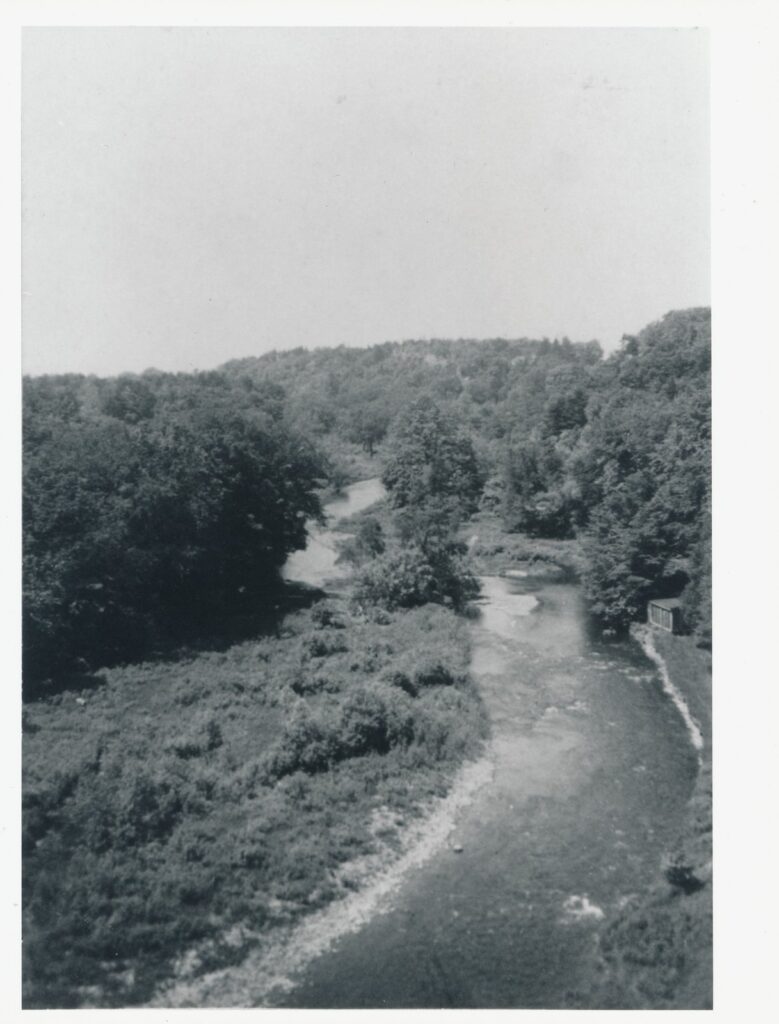
Until the late 19th century, Atlantic Salmon was abundant in Lake Ontario. Unfortunately, that population, which supported sustenance and commercial fisheries, was eliminated through the combined effects of the environmental degradation of streams, ecosystem changes in the lake and over-fishing. Atlantic Salmon was one of the first fish species in the Great Lakes to disappear as a result of human contact. The Government of Ontario, along with 40+ conservation partners, are working to restore a self-sustaining Atlantic Salmon population to Lake Ontario and its streams.
Bronte is located on traditional lands of the Mississaugas of the Credit First Nation. The area that is presently Bronte had its European beginnings in 1807. The name of the village and many streets reference British Admiral Horatio Nelson’s Battle of Trafalgar and early settler families. Some of Bronte’s European settlers were United Empire Loyalists. Many of the streets were named after these founding fathers such as Sovereign, Hixon, Nelson and Belyea. These names can still be found in families that reside in the village today.

Bronte is a desirable lakeside community with properties that range from charming historical homes, rental apartments, to luxurious waterfront developments. Positioned between Toronto and Hamilton, Bronte provides an idyllic escape from big city life while not being too far away from major urban centres. With several parks, schools, grocery stores and amenities, Bronte Village is a popular place to raise a family or retire. Bronte has excellent sports and recreational activities. Nearby campgrounds, miles of walking and biking trails, tennis, sport fishing/cruises and watersports and public pools attract residents and visitors of all ages. Oakville and Bronte area residents enjoy a higher-than-average household income and property values remain high, making it one of the most liveable communities in Ontario. Hundreds of unique and chain businesses operate and thrive in this relaxed and picturesque waterfront community.
